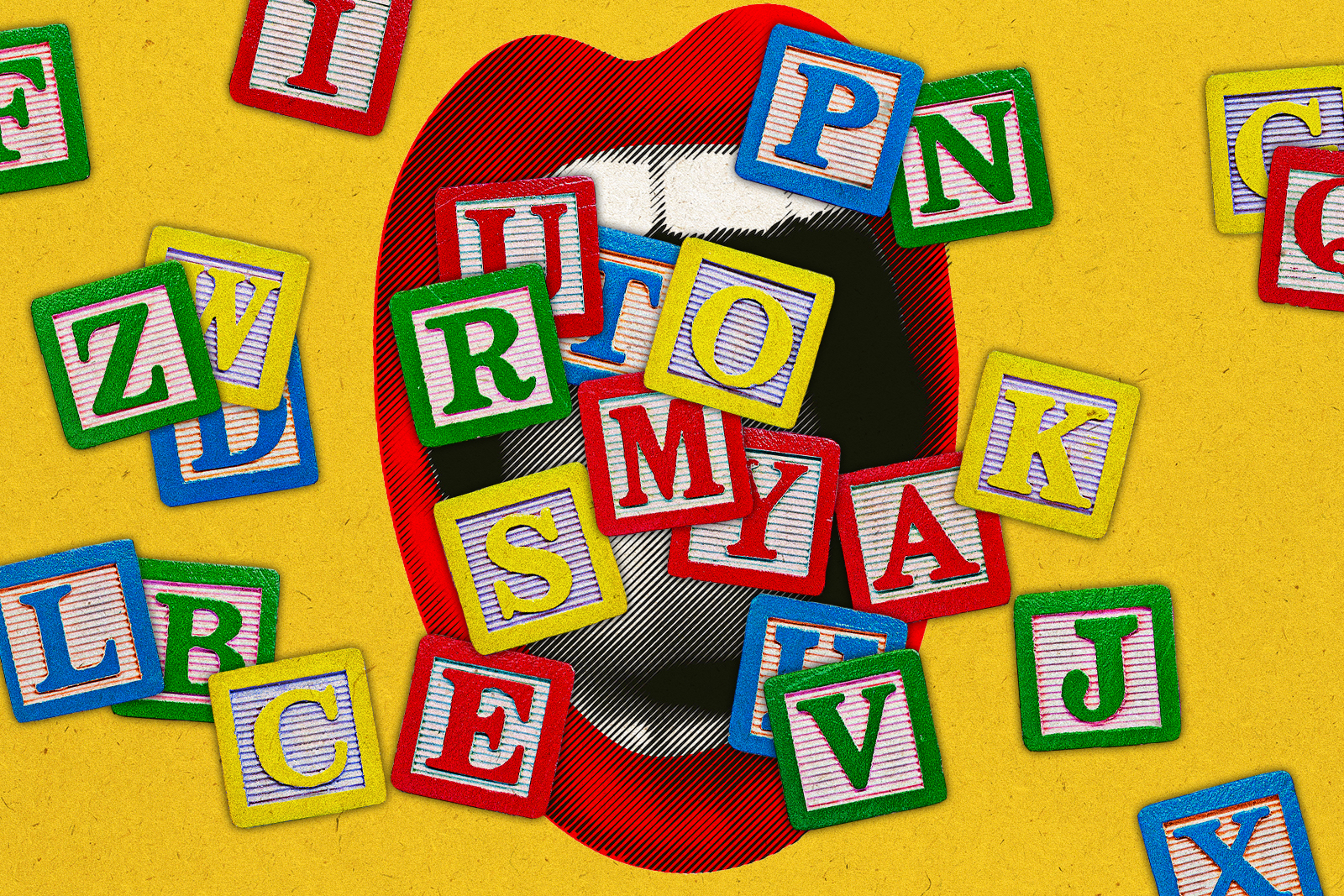
Culture
Navigating Babel: Multilingualism in Shaping Global Diplomacy
In the intricate dance of international relations, language serves as the lifeblood of diplomacy, enabling the intricate interplay of agreements, policy-making, and international conferences that shape our world. Yet, curiously, the pivotal role of language as a diplomatic tool remains largely unacknowledged, often relegated to the background as a logistical detail rather than a substantive element of negotiation and analysis. Rather than embracing linguistic diversity as a cognitive asset, the international community tends to streamline communication, treating language as an impediment to overcome, not a resource to enhance our diplomatic repertoire.
The United Nations, a behemoth in the realm of international governance, has enshrined six official languages—English, Spanish, French, Russian, Arabic, and Mandarin—as pillars of its communication framework, influencing the linguistic policies of countless other global institutions. In the scholarly pursuit of international relations, English prevails, eclipsing other languages in the most influential publications and academic discourse. This dominance persists even though many scholars and practitioners in international politics are conversant in multiple languages. The implicit requirement for non-native speakers to operate in English or other dominant languages imposes a linguistic hierarchy that handicaps their participation and skews the diplomatic playing field.
The disproportionate influence of dominant languages, especially English, in international relations and politics, necessitates a strategic shift towards linguistic plurality to ensure equitable representation. The UN’s interpreter system endeavors to bridge the language divide, enabling delegates to express their positions in any of the six official languages while simultaneous translation is provided. However, the system’s limitations become starkly apparent in its exclusion of languages beyond these six, perpetuating a hierarchy that favors historically powerful nations.
This linguistic selection process is no accident, as evidenced by the fact that the native languages of all five permanent members of the UN Security Council correspond to four of the six UN languages, with Spanish and Arabic completing the list. Despite Arabic’s inclusion as an official language in 1973 signaling progress towards linguistic inclusivity, it remains on the lower rungs of the language hierarchy within the UN. The extra burden placed on Arabic and Mandarin interpreters, who must translate into their non-native languages, is a challenge not faced by their colleagues working with European languages. This asymmetry introduces friction that can dilute or distort the original messages, undermining the contributions of delegates from non-European nations.
Countries such as India, the world’s largest democracy, and Japan, a G7 nation, are among the influential states confronted with this linguistic obstacle. India’s advocacy for Hindi’s inclusion in official UN communications and its initiative to prioritize multilingualism in diplomatic efforts underscore the pressing need for language democratization. Yet, the UN’s response to dismantling the entrenched language hierarchy has been tepid at best.
The prevalence of English in the academic study of international relations is another manifestation of this linguistic imbalance. It’s a bitter irony that a field dedicated to decoding the complexities of global interaction is primarily conducted in one language. The concentration of IR literature in the United States and the United Kingdom, countries united by English, has not gone without critique. However, the dominance of English stifles the expansion of the field into new linguistic territories, and without the validation of non-English research, the field’s language dynamics remain static.
Breaking away from this monolingual mold requires scholars to embrace publication in languages other than English. Such a shift, while initially limiting in scope, is essential for fostering a diverse academic environment. The advantages of studying international relations in multiple languages extend beyond accessibility; they enrich our understanding of the field. The unique expressive capabilities of various languages offer untapped potential for academic innovation. If multilingual publications become standard, scholars will be encouraged to utilize a broader linguistic toolkit, igniting new pathways of thought in international relations.
The persistent undervaluation of linguistic diversity in international relations and politics reinforces a Eurocentric paradigm and restricts our capacity to engage with and comprehend international affairs in a more nuanced and inclusive way. The UN’s stagnant language policy, unchanged for nearly half a century, stifles the expression of diverse global perspectives. Simultaneously, the field of international relations, dominated by English-language scholarship, fails to capture the intellectual breadth offered by a globally diverse pool of thinkers. Therefore, the promotion of non-English academic work is essential to spur innovation and progress in the field. Embracing a multiplicity of languages is not merely an academic endeavor; it is a crucial step toward fostering a genuinely inclusive international community in an era marked by deepening global connections.

